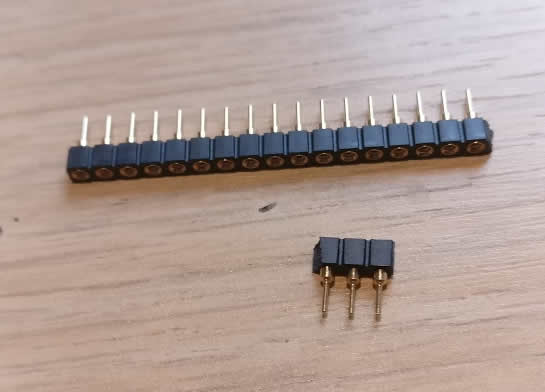337alant
Negatively Biased
At the caravan for the week end but managed to fit in wiring one of the amps whilst the wife was chilling out .
.
 20180408_134037 by Alan Towell, on Flickr
20180408_134037 by Alan Towell, on Flickr
 20180408_140931 by Alan Towell, on Flickr
20180408_140931 by Alan Towell, on Flickr
Alan
 20180408_134037 by Alan Towell, on Flickr
20180408_134037 by Alan Towell, on Flickr 20180408_140931 by Alan Towell, on Flickr
20180408_140931 by Alan Towell, on FlickrAlan




 IMG_3315
IMG_3315 20180409_185128
20180409_185128